The Zalman ZM1200-EBT 1200W Power Supply Review
by E. Fylladitakis on November 10, 2016 8:00 AM EST- Posted in
- Cases/Cooling/PSUs
- PSUs
- 1200W
- Zalman
- Modular
- ZM1200-EPT
External Appearance
Aesthetically, the ZM1200-EBT has been designed to visually stand out inside a case. It is not extravagant, ( as in it lacks lighting and does not require chassis modifications) but has decorations based on complex geometric patterns and bright colors that cannot be hidden away. The PSU is 180 mm long, requiring a spacious PSU compartment in order to be installed without issues.
Most of the chassis has been sprayed with a smooth matte black paint, with the exception of the golden metallic frame surrounding the fan's finger guard. The fan's finger guard is a peculiar octagonal design that partially resembles a spider's web.
Zalman placed the sticker with the electrical specifications and certifications of the PSU on the top side of the chassis, making it directly visible from a windowed side panel if the PSU is installed at the bottom of a case without a shroud/cover. A decorative sticker can be found on the left side of the PSU, inside an abstract geometric design embossed on the metallic chassis. The same design is embossed on the right side of the PSU as well, but there is no sticker, only Zalman's logo embossed on the metal as well.
Only an AC cable receptacle and a large on/off switch can be seen at the rear side of the ZM1200-EBT. Expectedly, the front side of the PSU is flooded with the connectors for the numerous modular cables. The 8-pin PCI Express and CPU EPS power connectors are shared, covering most of the top row and the left column of the connector's array. There are five connectors for Molex and SATA cables, as well as two connectors for the main 24-pin ATX cable.
Internal Design
The 135 mm fan is supplied by Globe, a popular power supply fan manufacturer. It has white blades with a golf ball like dimpled pattern embedded on them, which is supposed to improve the overall performance of the fan. The S1352512HH is a powerful model, featuring a FDB (fluid dynamic bearing) engine and has a maximum speed of 1800 RPM.
Zalman entrusted the creation of the ZM1200-EBT to Sirfa, a popular OEM when it comes to units combining performance and competitive pricing. It is based on Sirfa's HPJ platform, the same platform that the 850W and 1000W units of the series have been using for some time now.
The filtering stage begins on the back of the AC receptacle and continues onto the main PCB of the PSU, with a total of four Y capacitors, two X capacitors, two filtering inductors and one surge-suppressing MOV. There is also a simple glass fuse for protection. The two input conversion bridges that can be seen sharing a small heatsink right before massive APFC inductor. Two Rubycon 400V/470μF capacitors are being used in the PFC stage. The active PFC components on the heatsinks comprise of three transistors and two diodes.
Two power transistors form the half-bridge inversion stage. There are high quality products that are usually reserved for very high efficiency units only (Infineon 6R125P, RDS(on)= 0.125 Ω). The secondary stage consists of eight transistors in total, split into two groups of four. Each group of four transistors can be seen on its own heatsink on either side of a large filtering inductor. Each of these transistors is rated for a maximum output of 100A - eight of them are a monstrous oversizing. All of the secondary side capacitors are supplied by Nippon Chemi-Con.
The one issue that this design has is the lack of inrush current dampeners. With its huge APFC capacitance, this PSU momentarily draws an excessive level of current when the capacitors have been discharged (e.g. when new or after a power grid failure). Although this current is momentary and, theoretically, it should pose no threat to the electrical installation, it can easily trip the small and/or sensitive circuit breakers that are usually found in residential installations. It did trip the 20A circuit breaker at our lab when it was first switched on, on a 230V AC grid (on 110V grids, the current will effectively double in order to supply the same energy to the capacitors). This should not be a problem with installations where the presence of high power equipment has been carefully considered, but it can be an annoyance for many home users.


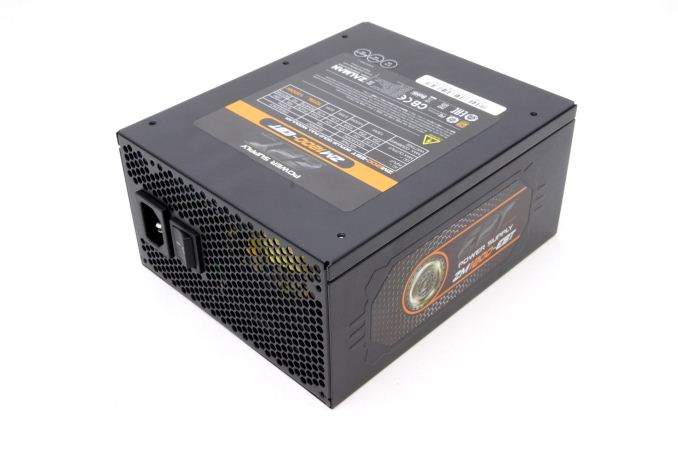
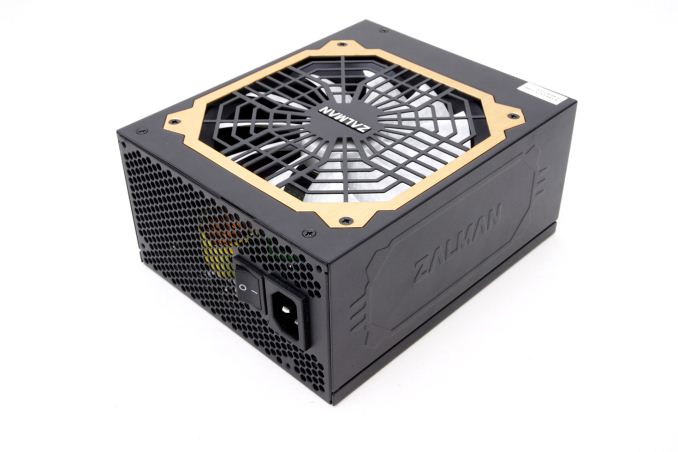
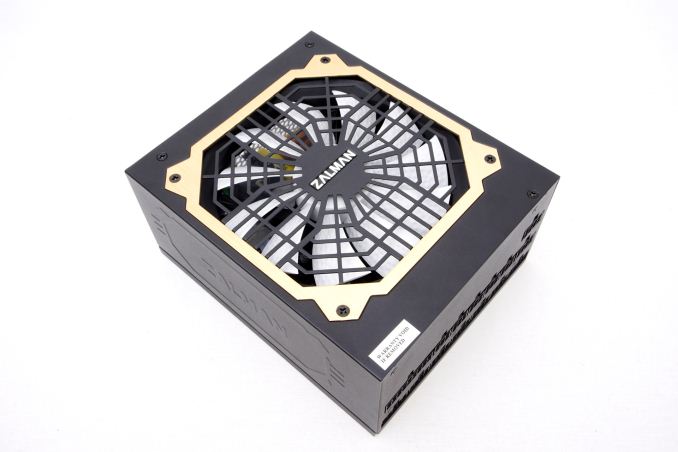
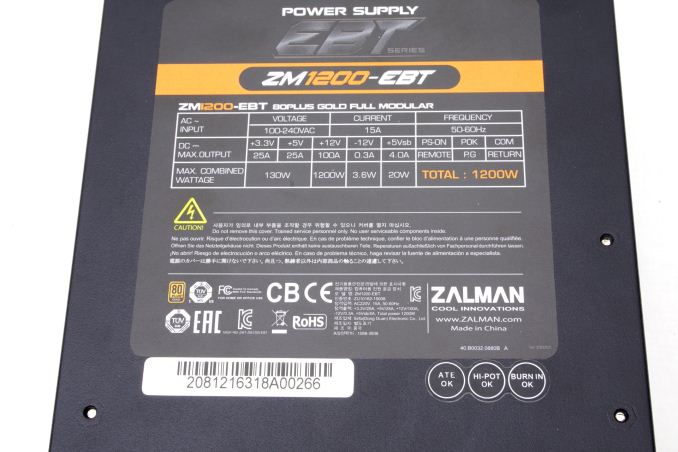
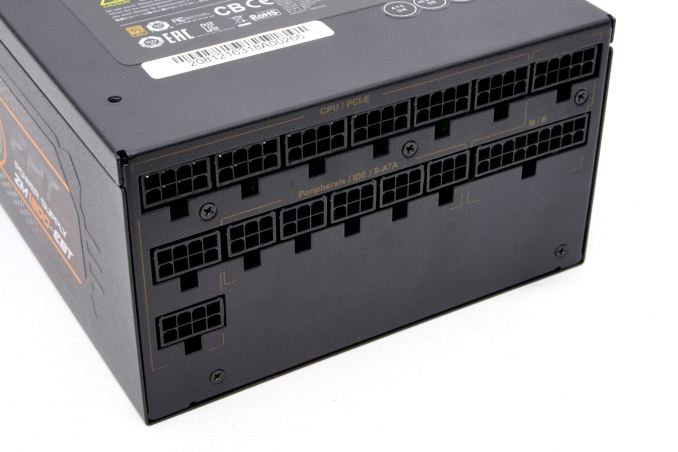
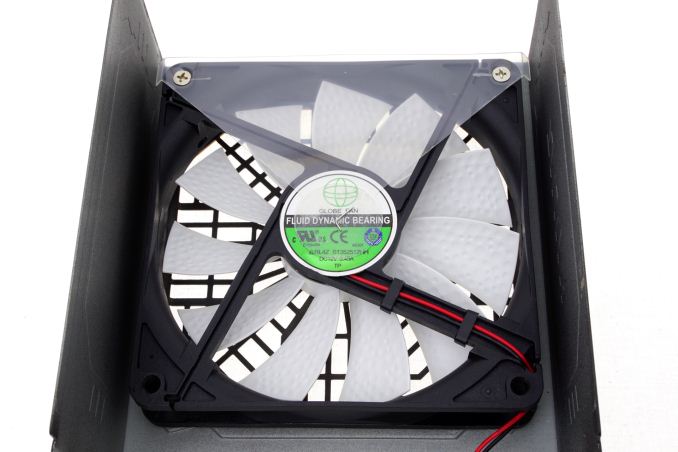
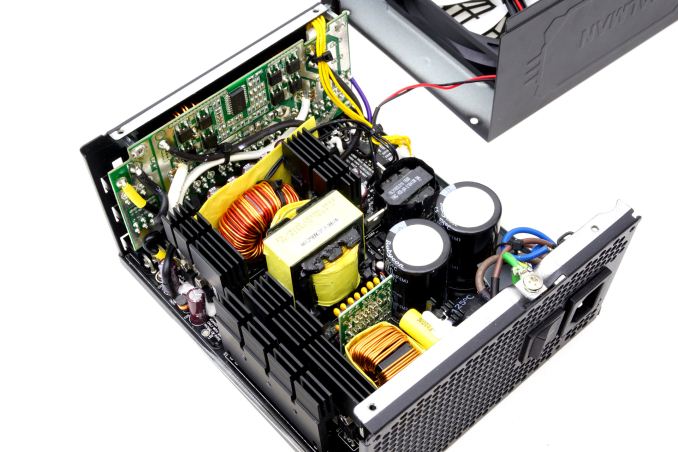
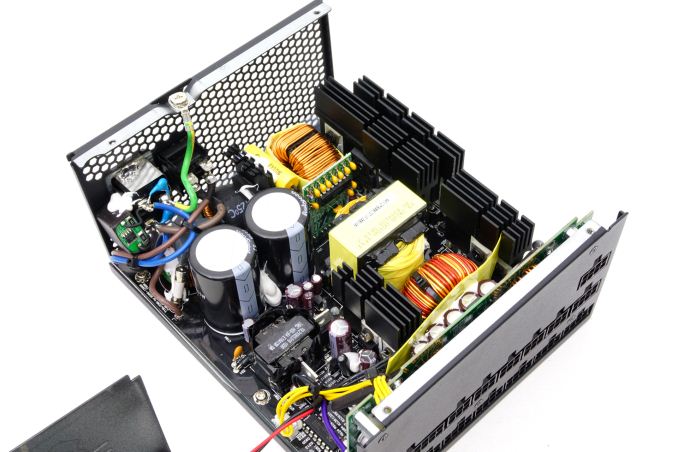
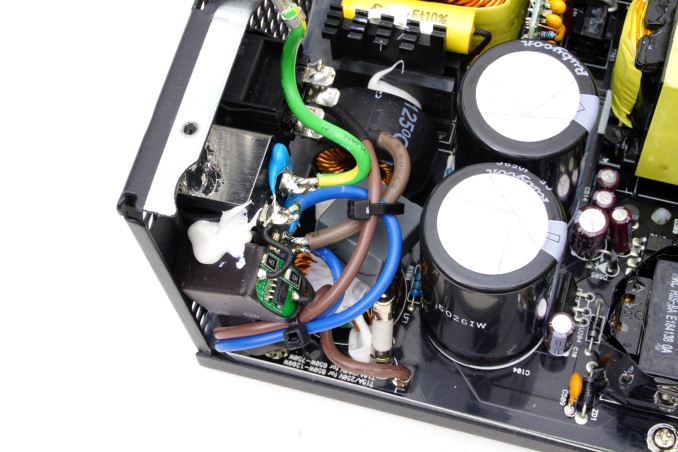
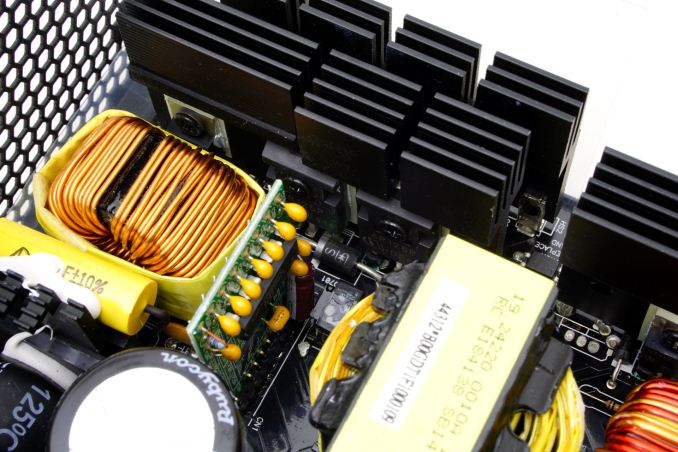
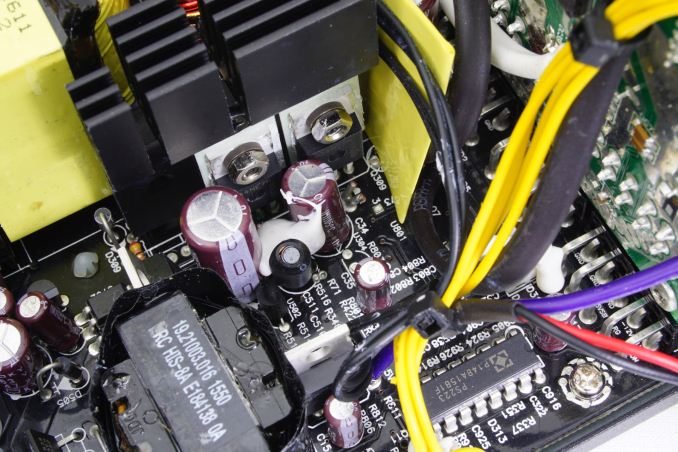
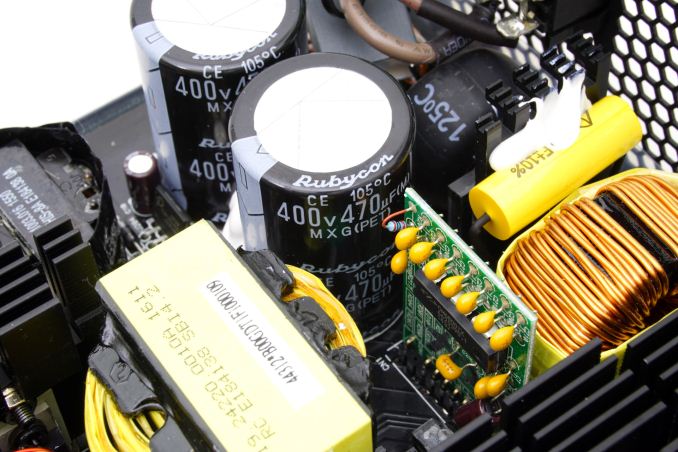
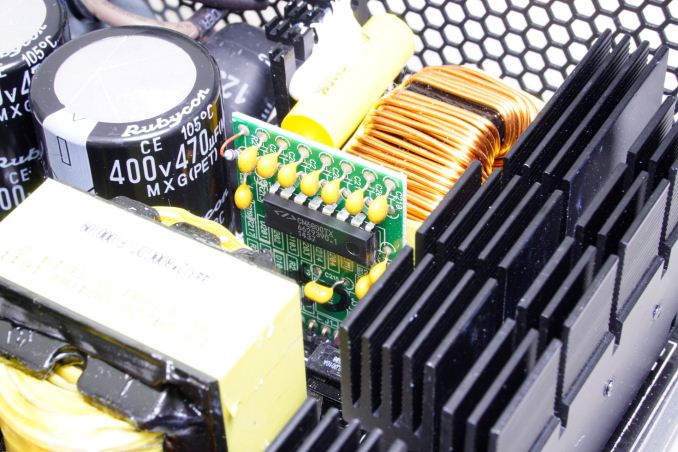








14 Comments
View All Comments
jackparker - Monday, June 12, 2017 - link
get a amazon gift card to buy 1200w PSU http://www.promocodeseven.comcracked4u - Monday, June 26, 2017 - link
Your post is very interesting and mostly I keep looking for like this type of websites where i learn or get new concepts. http://cracked4u.com/rohit282386 - Tuesday, July 11, 2017 - link
know more about ethical hacking https://guru66.com/best-keylogger-for-p-c/alexandraroberts - Wednesday, January 10, 2018 - link
I really like these cables and need to know the facts all around us. http://profreecrack.com/fl-studio-12-crack-registr... I'll also tell my friends to visit on your amazing site.